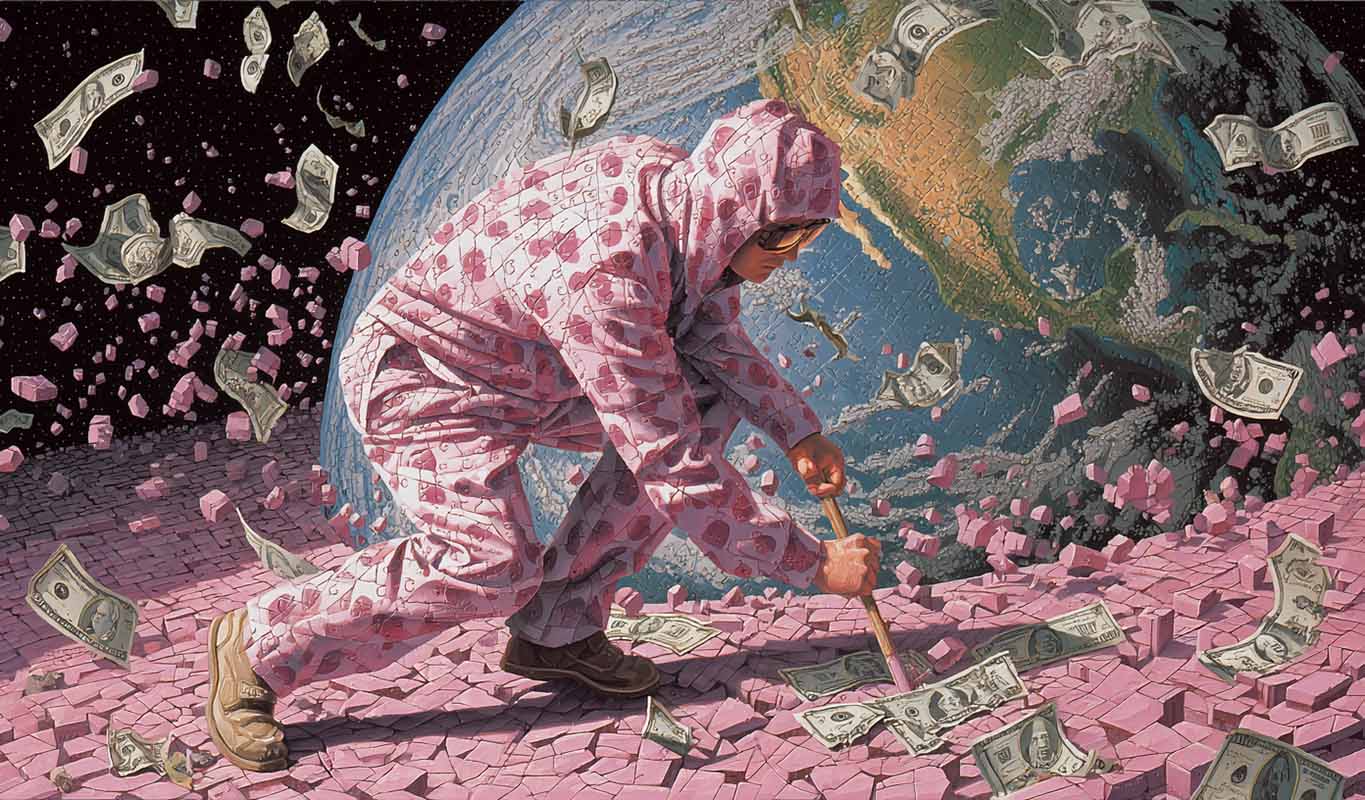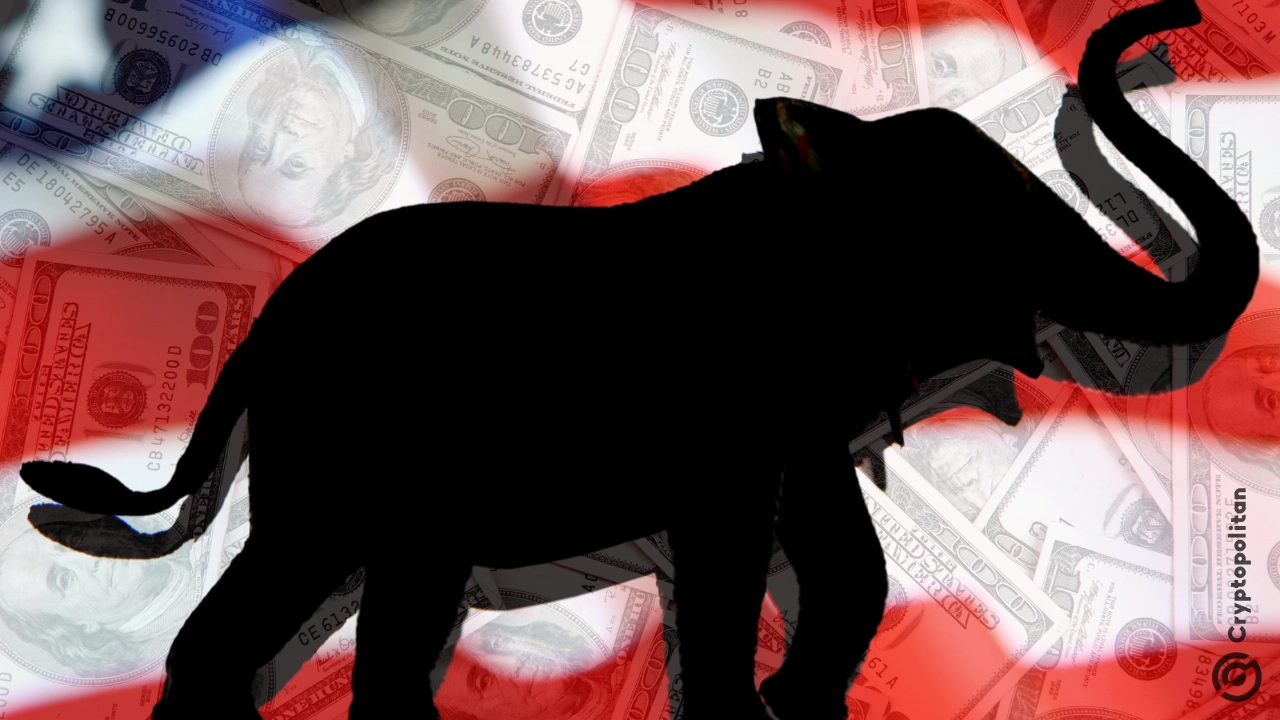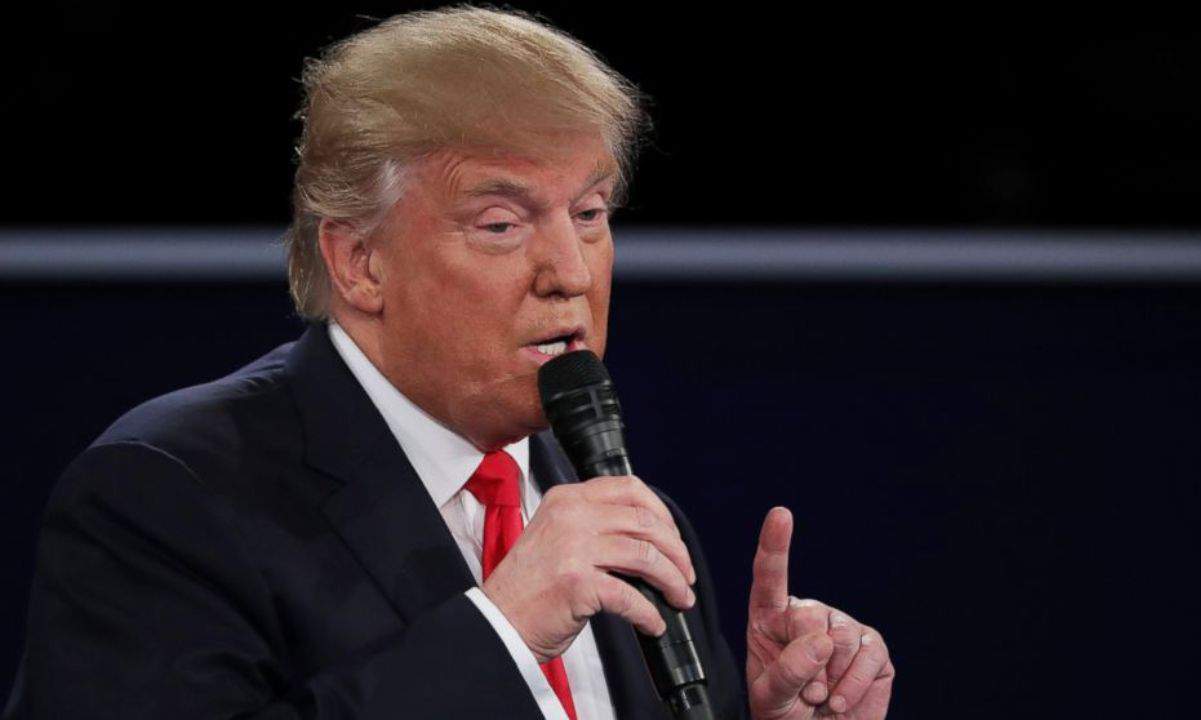India’s central bank has lowered interest rates by 25 basis points, supported by easing economic inflation. The South Asian country sees struggles ahead in the form of US tariffs imposed by President Donald Trump, which threatens to stunt the growth of the world’s fastest-growing major economy.
According to the BBC, the Reserve Bank of India (RBI) reduced the repo rate from 6.25% to 6% on Wednesday, its second cut this year following a previous reduction in February.
The decision was confirmed by RBI Governor Sanjay Malhotra, who said the central bank’s Monetary Policy Committee unanimously opted for a rate cut of 25 basis points. The RBI also revised the Standing Deposit Facility rate under the Liquidity Adjustment Facility to 5.75%.
India change monetary policy to combat slowing economic growth
Per Governor Malhotra’s statement, the central bank changed its monetary policy stance from “neutral” to “accommodative,” which showed its willingness to ease rates further if economic conditions continue to deteriorate.
Alongside the rate cut, the RBI downgraded its GDP growth projection for both the current and next financial year from 6.7% to 6.5%. India is arguably the fastest-growing large economy, but there’s been a notable pullback from the 9.2% proposed growth rate posted in the 2023–24 fiscal year.
“Concerns on trade frictions are coming true,” Governor Malhotra said in his policy address, pointing to continued volatility in global trade as a major threat. “Headwinds from disruptions to trade will continue to pose challenges for the economy.”
According to economists from ICICI Bank, the RBI could slash rates by up to 100 basis points in this easing cycle, revising earlier calls that had expected only one more cut in 2025.
Tariff fallout threatens exports and jobs
As of Wednesday midnight, Indian goods entering the US are subject to additional tariffs of up to 27%. Though the tariffs on India are less severe than those imposed on China (104%) and Vietnam and Cambodia (46% and 49%, respectively), the levies could still heavily draw down the country’s economic input.
Analysts at HSBC estimate that these tariffs could reduce India’s GDP by as much as 0.5 percentage points in the current fiscal year. The brunt of this decline is expected to come from a drop in export volumes and a decrease in foreign capital inflows.
The Indian government’s room to maneuver through fiscal policy is constrained, with HSBC warning that “spending and tax revenues have lost steam in recent months,” limiting the state’s ability to stimulate the economy through direct interventions.
One sector exposed to the harsh conditions is India’s diamond sector, which exports over a third of its polished stones to the United States. Trade experts warn that the US tariffs could cripple the industry and put thousands of jobs at risk, especially in cities like Surat, where diamond polishing is among the top sources of employment.
Deflation supports easing borrowing rates
India’s annual inflation rate fell to 3.62% in February 2025, down from 4.26% in January, according to the Ministry of Statistics and Program Implementation (MOSPI). The figure came in below market expectations and is at the slowest pace of consumer price growth since July 2024.
It was the first time in six months that inflation dipped below the RBI’s 4% midpoint target.
The country also saw a slowdown in food prices, which accounted for nearly half of the consumer price index. Food inflation eased to 3.75% in February, down from 5.97% the previous month, with price declines in categories such as eggs, vegetables, pulses, and spices.
Energy prices also fell, with fuel and lighting down 1.33%, while housing costs remained subdued.
Overall prices declined by 0.47% month-on-month, extending a revised 1% drop in January and marking the fourth consecutive period of deflation.
New Delhi pleads with Washington for tariff reprieve
China and Europe may have begun retaliating with their tariff measures, but officials in New Delhi are focused on resolving issues with America through diplomatic negotiations.
Foreign Minister S. Jaishankar, following a call with US Secretary of State Marco Rubio on Monday, stated that both countries had “agreed on the importance of the early conclusion of the Bilateral Trade Agreement.”
Good to speak with @SecRubio today.
Exchanged perspectives on the Indo-Pacific, the Indian Sub-continent, Europe, Middle East/West Asia and the Caribbean.
Agreed on the importance of the early conclusion of the Bilateral Trade Agreement.
Look forward to remaining in touch.…
— Dr. S. Jaishankar (@DrSJaishankar) April 7, 2025
Cryptopolitan reported last month that India has also agreed to reduce tariffs on US imports worth $23 billion. Prime Minister Narendra Modi’s government lowered duties on luxury American motorcycles and bourbon and recently withdrew a digital services tax that had affected US tech firms.
On the currency side of the matter, the Indian rupee reacted mildly to the central bank’s decision and trade developments, weakening slightly against the US dollar. The USDINR exchange rate rose by 0.18% to 86.5990 on Wednesday from 86.4410 in the previous session.
Cryptopolitan Academy: Coming Soon - A New Way to Earn Passive Income with DeFi in 2025. Learn More
















No comments yet